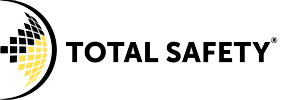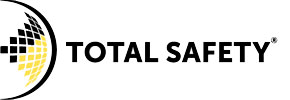SERVICES
- Industrial Hygiene and Occupational Health and Safety
- Hazardous Materials Risk Evaluation, Management and Support
- Microbial Survey and Air Quality
- Safety Training Courses
- Asbestos and Microbial Laboratory Services
- Investigation and Testing in Former Clandestine Drug Operations
- Expert Witness & Council

Industrial Hygiene FAQ
- What industrial exposures need to be assessed?
- How can workplace health hazards be controlled?
- When is an exposure control plan required?
| 1. | What industrial exposures need to be assessed? |
| A: | Exposure to workplace hazards could adversely affect workers' heath and safety, reduce productivity, and cause discomfort and stress by workers. Exposure limits set by judicial bodies (i.e. WorkSafeBC) are established concentrations that, if not exceeded, will not generally cause adverse effects to the health of workers. By comparing assessed exposures in a workplace with applicable exposure limits, we help industries comply with regulations and protect workers' health and safety. |
| RETURN TO TOP[>] |
| 2. | How can workplace health hazards be controlled? |
| A: | After hazards have been identified, control measures can be implemented to reduce worker exposure and improve the workplace environment. Controlling of workplace hazards should follow the hierarchy of substitution, engineering, administrative control and personal protective equipment. It requires collaboration of employers, supervisors, workers, health and safety committee and third parties such as engineers, suppliers and consultants. |
| RETURN TO TOP[>] |
| 3. | When is an exposure control plan required? |
| A: | WorkSafeBC requires an exposure control plan when workers may be exposed to a hazard at a concentration at or greater than 50% of the 8-hour exposure limit, or the hazardous substance has been given a designation, such as carcinogen, whereby exposures should be kept as low as reasonably achievable (ALARA). |
| RETURN TO TOP[>] |



